Ellice Weaver’s beautifully constructed short narratives make stunning yet delicately crafted use of colour to evoke mood and enhance atmosphere. Her work has a genuinely distinctive visual identity while her subject matter has been noticeably diverse, ranging from pensive and topical slice-of-life offerings to eerie Twilight Zone-style fantasy.
Another of our 2016 Broken Frontier ‘Six Small Press Creators to Watch‘ line-up, Weaver has been gradually building up a solid following over the last year or so with an appearance in the influential street press anthology Off Life being a particular highlight. Today, in the fifth part of our major interview series with this year’s ‘Six to Watch’ at BF, I talk to Ellice about recurring themes in her work, her artistic process and her experimentation with the boundaries of the form…
ANDY OLIVER: Let’s begin with a brief introduction to Ellice Weaver for anyone in the Broken Frontier audience who has yet to sample your work. Can you tell us about your artistic background and what drew you to comics as your medium of choice?
ELLICE WEAVER: I got into comics really quickly in a short amount of time. I started making comics before I started reading them. I was always drawn to storytelling but I never really thought about telling stories in the form of a comic. I started out making short strips out of weird things that would happen to me and my friends. I would print them out in the library, fold them up into tiny zines and present them to the people they were about.
I liked the freedom to be personal and intimate in a way that I hadn’t found a voice for whilst I was drawing in a more general way. And I liked the immediacy of printing something. Before, my drawings would just exist on a screen; printing them out just felt final. When I first started making comics I’d go somewhere or see something and be all like “I need to go home and make a comic about this now”. It was a busy time…
Then I met Till Lukat, a fellow comic painter who introduced me to the world of zines and small press, and tabled with me at my first zine fairs. I started to expand my knowledge of creators. I really got into books, paper, binding and print. One summer I decided I wanted to make my own press. I called it Cringe Press and made a starter pack of three autobio zines. I made some packaging for them and took them to the first zine fair that I tabled alone.
I had big dreams for Cringe Press but it only survived one print run before I abandoned it. This started the annoying but important pattern of discovering ideas… and scrapping them one week later. That first year when I really got into comics and zines was the best. That initial excitement fueled the next three years of making.
In terms of both self-publishing and contributions to other projects where will readers have seen your comics?
As mentioned, my first minicomics were all autobiographical or about people I knew. The first comic artist I got into was Joe Matt. I think I kind of fancied myself as a Joe Matt girl. I made comics about bad dates, bad landlords and deceased pets. I printed these comics in a zine called Unfortunate Mishaps. These zines are long since dead… thank god!
I worked on a collaboration with Till a couple years back. We made a trip to Amsterdam and whilst on the trip we painted pages on the bus and on hostel floors. When we got back we made linocut covers. We didn’t have a lino press and my rabbit was moulting. It was a really smudgy/hairy zine. The covers would stick together and get ink over everything else. But I still like it. It’s called This Isn’t a Situation.
One of my later minicomics (Fish Bowl Fever) was published in Off Life. It was my first fictional story exploring dementia. I’ve made contributions to Leipzig-based anthology Schnösel Mösel and Bristol-based anthology Bear Pit. Other titles of my self-published zines include: Haphephobia, Two Mouths To Feed, Terrible Head, Rows of Four, Collector Cabinet and Bristol Bound.
I first covered you here at Broken Frontier when I looked at the aforementioned Collector Cabinet (above – read the whole comic online here). What was the premise of that dark and off-centre offering and what were the influences for the story?
I had briefly moved into Till’s parents house in Germany. Things were pretty quiet so I wanted to make something a bit racy. I was watching documentaries about social experiments. You know the kind where people think they are electrocuting someone and how they respond to being told what to do by someone of authority. It got me thinking about secret government experiments. I just liked the idea of making something a bit sci-fi/ futuristic/romantic at the time. I made Collector Cabinet after Fish Bowl Fever, which is about ageing. After a while spent thinking about being elderly it kind of felt like a natural step.
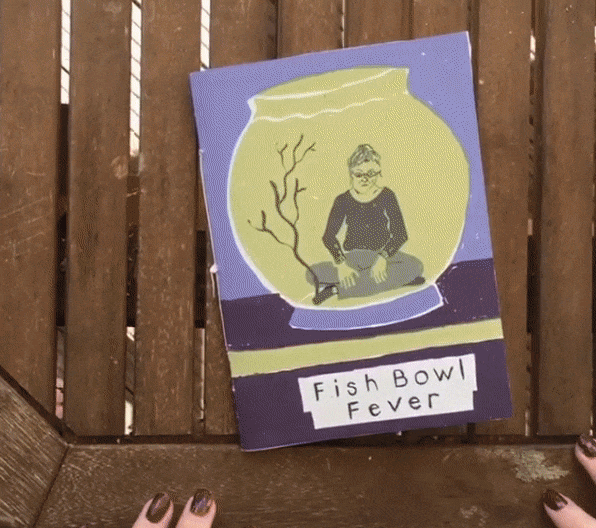
A common theme in your work is, indeed, that exploration of the effects of ageing and our attitudes to growing older as seen in Fish Bowl Fever (above – read the whole comic online here). What particularly interests you about using comics to examine those issues?
There’s two things I find cool about the elderly scene. One is the visual cultness. I visited my great nan in her residential home and the array of character is so perfect. Cabinets of china cats, weird beige clothes, meticulously positioned photographs, keepsakes and linens, cropped hair and knitted cardigans.
It seemed so thought out, the only thing I can compare it to is the deliberate way you choose to dress as a teenager. Just instead of having boy band posters on the wall you’re now into embroidered ocean scenes. That is the more superficial side of ageing that interests me. Other than that, the certainty of knowing that at one point I will age. It forces you to consider the trials and experiences of the process.
I don’t know yet what 30 years old feels like so what will it feel like to be able to say “30 years ago?”… it’s an intense thing. I dunno. I guess I just respect ageing physically, visually and spiritually.
How important have collaborative efforts like Bear Pit and anthologies like Off Life been in raising your profile and getting your work out to a wider readership?
Having work printed in anything that belongs to someone else is a nice/important thing. When I understood how much work it can be to self-publish something I realised how much effort goes into curating a whole host of artists. I can’t really say if my work has reached a wider audience through being printed in anthologies, but what I can comment on is that since being printed in collaborative publications I’ve felt more of a sense of being part of a community. Whether it’s down to other creators who have got in contact with me through seeing my work or if I’ve been the one contacting fellow creators I’ve seen in books like Bear Pit and Off Life. It’s started a chain of communication which is really helpful.
Your comics have a genuinely distinctive visual style – haunting and dream-like yet firmly rooted in a recognisable reality. Talk us through your artistic process and the mediums you prefer to work with…
I found the way which I wanted to draw whilst working with traditional print, generally screen print. I used to use a lot of line and colour – everything digitally – but when I had to think in a more layered ‘print way’ I started to drop out lines and think about how to draw in tone and shape.
The physical act of painting something that allowed me to be more technical. Instead of making one drawing on a page I was painting in layers of colour. Maybe the lack of line in my drawings account for the haunted aspects. Until recently I would use acrylic paint and paint onto mark-resist film. It’s sort of like a sturdy plastic tracing paper. I loved it so much but it’s the kind of thing only student loans afford.
Now I’ve switched to ink and the cheapest printing paper. It’s a less satisfying way to paint but more practical. I can’t be too picky though, at the moment I live in the countryside in Portugal… art stores are a rarity so any form of black liquid and white surface is fine. I also have a Pineapple shape pencil case. That’s pretty important. Also I should mention how essential looking at other creators work has been for me. When I want to start something new I look at all my favourite creators and get really excited to make something of my own.
A remarkably expressive use of colouring is a signature element of your sequential art. Can you tell us about how you apply colour to enhance mood and reflect the tone of your tales?
I started honing in on colour when I was screen printing. At first I didn’t consider which colours to use too much. I’d decide as I would mix them for printing. If I was only printing with two colours it’d be like “OK, you’ve got two colours… make them count.”
Once I’d got the hang of limiting my colour palette I could be more experimental with tones, pairing together less natural colours. As a general rule I take a dark colour, a light colour and maybe two contrasting mid-tones. Now I’m giving a lot of thought into the feeling you get when you combine certain colours/tones.
Once I made a comic with a more sullen sensitive feel. I chose melancholic tones: blues, pinks and purples. Then, out of boredom I changed all the colours to really bright colours I associate with Hawaii. It changed the way the comic read completely. It is really crazy what you can do with colour… or the lack of it. And it’s weird because colour is something that already exists, it’s something you choose as opposed to a line or a mark which is something you make. It kind of makes it easier.
You’re as at home working with wordless comics as you are those with dialogue and exposition. What are the contrasting narrative opportunities of both approaches for you?
In some ways there’s way more pressure in writing dialogue than in drawing. Reflecting on the experience I take from reading others’ comics, words can be really powerful when used in the right way. Sometimes you read a panel, look at the drawing and you have a moment of “yes this is genius”. The words change how the drawings look and the drawings change how the words sound. But for me, in my own work, this is hard.
I have to write the dialogue really quickly before I paint the page then fine tweak it after. Otherwise the drawings get too informed by the words and I get too caught up in how it reads. I find with silent comics I can get across a description of a place as opposed to a story of a place. I can be more playful with characters when using dialogue and more to the point with making quiet comics.
Looking through your work to date there’s a sense of continually examining the possibilities of the form in terms of layouts, genre, perspective and panel structures. Have you consciously been exploring and experimenting with the boundaries of the page as your practice has developed?
Yes, very much. I always want to change the way I draw or lay things out, which is tough when working on a longer project. Halfway through a project I start thinking about how I want to draw or paint in the next project. Then I have to stop the project and make a different drawing of “the new way I will draw”.
Often I realise I should have kept to the old way but sometimes it starts a whole new thing off. Like, I started making drawings from a bird’s eye perspective with more characters and buildings. I found it the most fun ever but then started thinking “Oh no now this doesn’t look like my other work”. Now I try not to pay too much attention to if everything looks like it’s from one person and more if it feels fun to run with it.
As for the genres of storytelling, I’ve only been making comics for such a short time I don’t want to limit my work to a particular genre. I’m glad to have all my fingers in the genre pies.
Are there any upcoming projects you’re working on that you can let us know about?
This is one of those annoying answers. I’m working on a project and have worked on a project that I can’t talk about yet. If you’re interested you can check back next year. So no. But Till and myself want to paint comic panels on the cupboard doors of our van illustrating the places we’ve lived in this year, then maybe we will exhibit our van at some point in the street. It’s quite hypothetical. Also I’m taking a month to drive back to Berlin soon and want to make some sort of diary comic. I’m trying to learn German…
And finally what targets have you set for yourself for 2016? Where would you like to be with your comics practice by the end of this year?
In terms of this year my time is wrapped up in current projects so 2016 is quite finished for me. But next year I want to travel to more zine fairs and make more small press zines. I also want to paint more physical paintings. I like the idea of having some nice originals instead of hundreds of scrappy papers that go into a box and inevitably into the bin. I would like to re-open an online store which I haven’t been able to do due to being on the move a lot. Other than that I try not to make too many plans and targets. It’s nice to let things unfold naturally.
For more on Ellice Weaver check out her site here and follow her on Twitter here.
For regular updates on all things small press follow Andy Oliver on Twitter here.





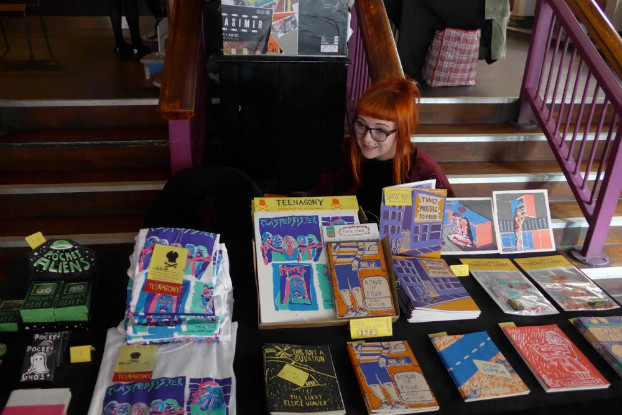
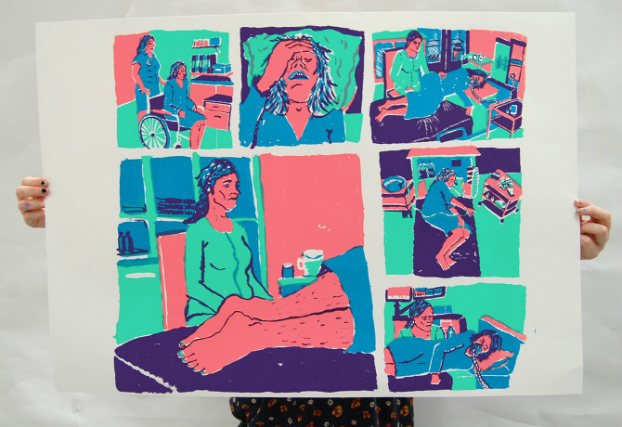
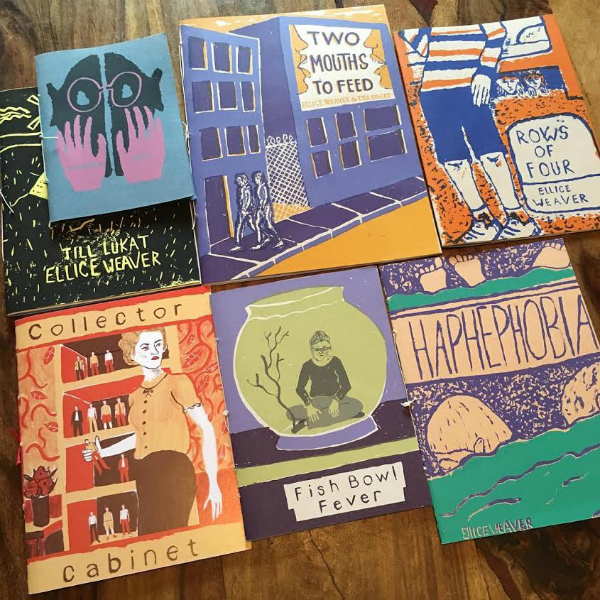
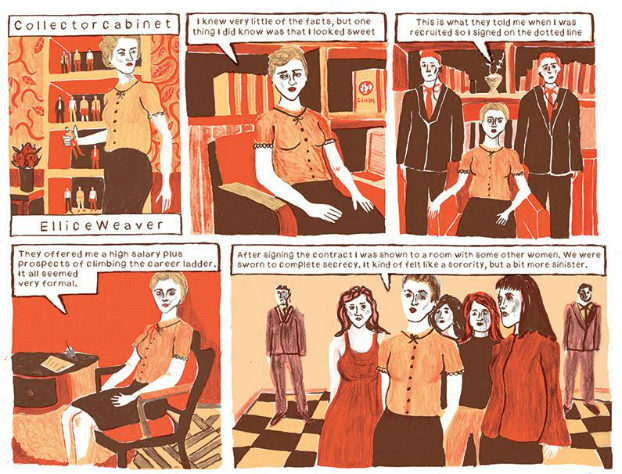
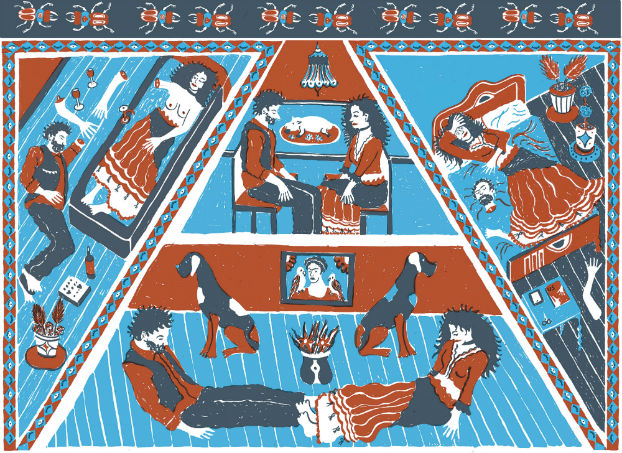
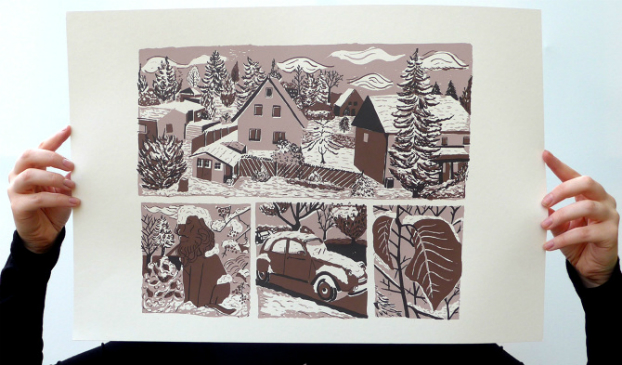
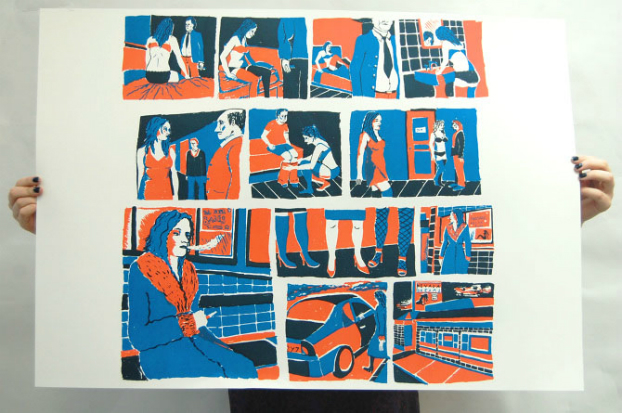
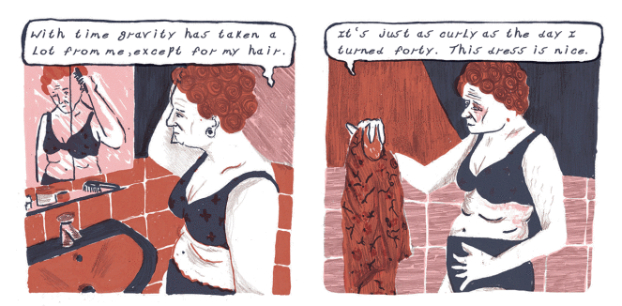
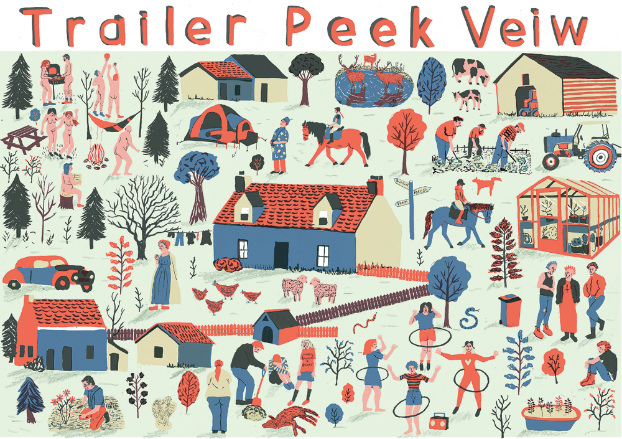
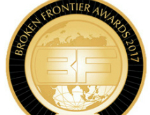
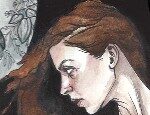
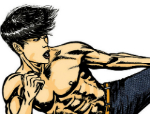
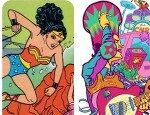
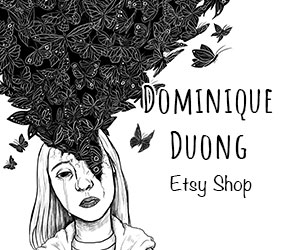





[…] Ellice Weaver makes comics, zines, and paintings. There’s a great interview with her on Broken Frontier, here. […]